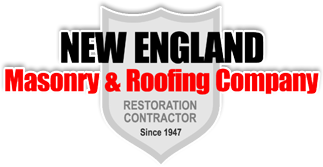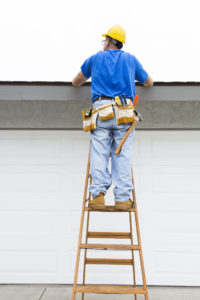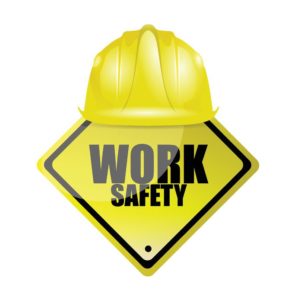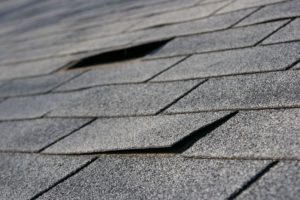Category: Uncategorized
Tips For Staying Safe During Roof Restorations
We recommend that you always install appropriate and functional safety accessories on the roof, during restorations. Roof maintenance can be done in optimal conditions only when you have all the necessary safety equipment installed on the house: stairs, walkways, harnesses, safety railing systems, skylight screens and other fall arrest products.
Check all the safety accessories mounted on the roof and make sure they are in good condition and securely fastened. They must be tested before using them. Do not neglect this aspect and always remember that these safety products have the role of protecting you and the roof, but also the other workers and people who live in that house.
Besides all these, you also have to take into account a few other aspects.
First, any roof restoration project requires a procedure to safely collect and remove debris. Also, make sure that you make all the necessary arrangements to seal the working site in order to prevent accidents due to objects falling from the roof, dust and noise pollution.
A properly planned building restoration project will help you avoid and prevent most of the problems, as well as minimizing the negative consequences of an accident.
Why it’s Important to Inspect Your Roof During Spring
Not all of us are construction engineers or architects, but if we own a home or business, we must be at least informed and responsible users, to avoid serious problems that may arise from lack of proper maintenance.
As we just got out of the cold season and it is well known that winter may affect the roof in particular, we must consider inspecting it in order to detect every possible damage, or schedule regular maintenance with a commercial roofing CT contractor.
Here is a list of the most important aspects that you need to check and that will probably require small repairs or maintenance work, which we advise you to consider doing immediately so that you can have a calm and trouble-free spring and summer.
Perform a visual inspection first. Regardless of the type of the roof cover (fiber cement boards, asphalt shingles, metal shingles, concrete ceramic tiles etc.), make sure all the elements are still firmly fixed and replace those that are damaged or missing. Check the chimney, air vents, skylights and the flashing around them. If you notice some potential problems, talk to a specialist urgently, for a correct evaluation.
Clean the gutters and downspouts. Remove any debris that may obstruct water evacuation (dry leaves, twigs etc.). If necessary, repair any cracks. Ensure that gutters are well aligned and still securely fastened.
Warning Signs of Asbestos
Recent studies argument that one of the main culprits of lung cancer is asbestos.
Asbestos has been extensively used, in the 20th century, to manufacture thousands of products, including textiles, building materials, insulations, or brake linings. Few people know that asbestos has dangerous compounds; therefore, many buildings are still covered with this material, because it provides thermal insulation, and those who live in those buildings have no idea what risks they are exposed to. Many of the building restoration experts know what to look for, but the common homeowner does not.
Studies have shown that exposure to asbestos increases the risk of lung cancer up to six times, and it may also affect the upper respiratory tract, esophagus and kidneys. The categories of workers most exposed to this risk factor are constructors, installers, metallurgists, auto mechanics and locksmiths. The evolution of the diseases generated by exposure to asbestos is slow; in some cases, there may be even 10-20 years of no-symptomatic evolution, until something strikes.
There are also situations when, due to massive exposure, asbestos intoxication occurs in a short time. This was noticed in many people who participated in the evacuation operations following the attack of the twin towers – New York, September 11, 2001.
Inhalation of asbestos dust causes a pulmonary condition known as “asbestosis”.
Safety Tips For Roofing & Masonry Repairs
Working at height means working in any place where, unless safety measures are taken, a person may fall and the consequences may be injuries or death. Falling from height is one of the most frequent working accidents among roofers. The most common causes include dropping from ladders and frail roofs, as well as slipping on the roof.
Before you begin working at height, you should go through these steps:
- Evaluate the situation or, if you do not have the necessary competence, seek specialized help
- Avoid working at height if there are other options
- When working at height cannot be avoided, prevent falls by properly securing the worksite and by wearing the correct type of protective equipment
- Minimize the distance and the consequences of the fall, by using the correct type of equipment, when the risk cannot be eliminated completely
In the process of avoiding and minimizing risks, information is always the first step.
Below, there are three methods of protection used by roofing workers:
- Falling protection – involves equipment used to support the user and catch him before, during or after a possible fall
- Stopping the fall – is done with a protection system that allows users to work in a risky area and stops them from falling
- Positioning – involves supportive equipment that helps the roofers work safely, in certain positions necessary to reach different areas of the roof.
For safety purposes, it is best to call the professionals at http://www.nemasonry.com to do the exterior projects of your home or business.
How To Spot A Leak In Your Roof
If you notice a water leak on your ceiling, the first logical step is to try to determine its source. In most of the cases, it is related to a faulty roof, but you should not neglect other possibilities either (leaking pipes, for example). Once you have determined it is a roof problem, you must do your best trying to identify the exact place where it originates, which means finding that weak spot in your roof that may not always be visible.
However, there are some roof elements prone to damage and causing water leaks, so you should probably start with them: look for any kind of signs of wear and tear around vents and other additions, such as chimneys and skylights. They penetrate the roof and require the installation of membranes and flashing to prevent water infiltrations, but these materials are not infallible either. The Connecticut commercial roofing professionals should be contacted, as it can be much harder to pinpoint a leak on a commercial building.
Make a flood test. For this, you need a garden hose and some soluble dye, plus the safety equipment to climb the roof.
Add the dye to the water and use it to flood your roof, then go to the attic (or have someone else to stay there) and identify the precise location where the water comes in.






















